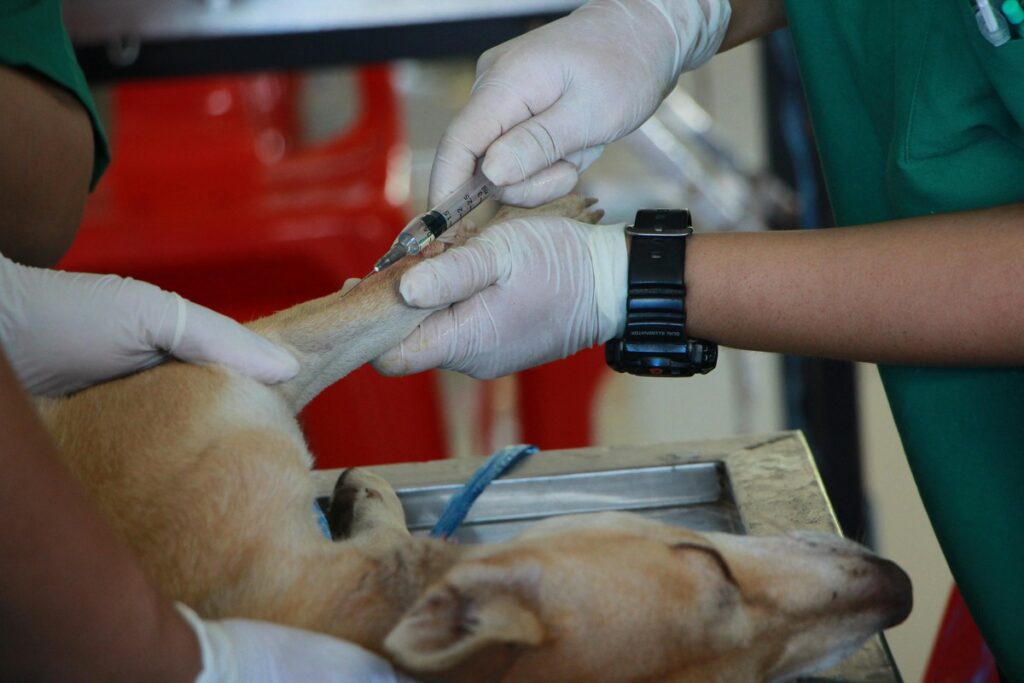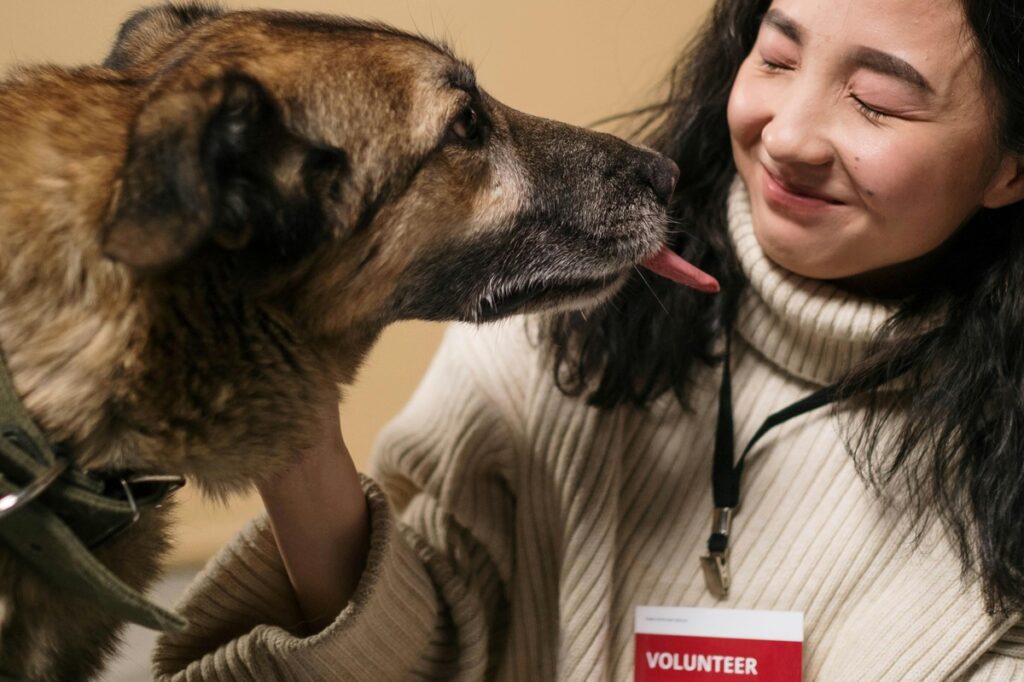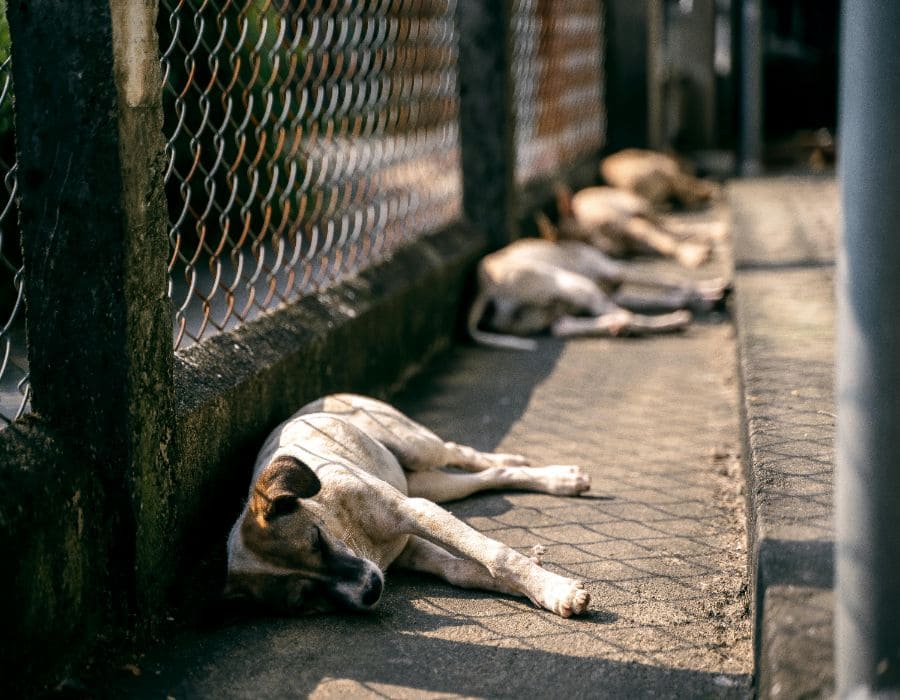What Happens To Unadopted Dogs in the Shelter?
Shelters are often filled with dogs waiting for their forever homes, but unfortunately, not all dogs find a family. Many people wonder what happens to the dogs that remain in shelters for extended periods or those who don’t get adopted at all. The reality is complex and varies depending on the shelter, its resources, and the policies in place. Here’s a look at what happens to unadopted dogs in shelters, and how we can all help improve their chances of finding a home.
The Shelter Environment

In many animal shelters, dogs are housed in kennels where they receive basic care, including food, water, and some attention from staff and volunteers. Shelters may provide vaccinations, spaying/neutering services, and sometimes even medical treatment for injuries or illnesses. However, the environment can often be overwhelming for dogs, especially if the shelter is crowded or under-resourced. Long-term confinement can lead to stress, anxiety, and behavioral issues that make it harder for dogs to stand out to potential adopters.
That being said let’s look at what happens to dogs who aren’t adopted:
1. Extended Stays in Shelters

Some dogs spend long periods in shelters, sometimes even years, waiting for an adopter. These dogs may become accustomed to shelter life, but it doesn’t mean they are thriving. Extended stays can lead to behavioral issues like anxiety, fear, or aggression. The constant sound of barking, the lack of personal attention, and limited space can make it difficult for these dogs to show their true personalities.
2. Transfer to Other Shelters or Rescues

To prevent overcrowding and increase the chances of adoption, many shelters work with rescue groups or other shelters. Dogs that are not being adopted may be transferred to a different shelter, sometimes in another region or state, where there may be a higher demand for dogs. Rescue organizations often specialize in finding homes for harder-to-adopt animals, providing them with the attention and resources they need to be rehabilitated and adopted.
3. Behavioral and Medical Rehabilitation

Some dogs may be overlooked because of behavioral issues or health concerns that make them less likely to be adopted. Shelters sometimes provide behavioral training to help dogs become more adoptable. This training can help dogs with issues like anxiety, fear-based aggression, or lack of socialization. Dogs with medical conditions may receive treatment or be placed in foster care until they are well enough to be re-homed. However, medical costs and behavioral rehabilitation can be resource-intensive, and not all shelters are equipped to handle long-term care.
4. Foster Homes

Some shelters rely on foster homes to care for dogs who are not being adopted quickly enough. Foster families can provide a calmer, more comfortable environment for dogs and may help alleviate some of the stress that shelter life can cause. Fostering also allows dogs to live in a home environment, which helps potential adopters see how they behave outside of a kennel. This can improve the dog’s chances of finding a home since potential adopters can see how the dog interacts with people and other pets in a real-world setting.
5. Euthanasia

Unfortunately, in some shelters, especially those that are overcrowded or underfunded, euthanasia is a last resort for dogs that have been in the shelter for a long time. While this is a heartbreaking reality, many shelters are forced to make difficult decisions due to limited space and resources. In these cases, euthanasia is often performed for dogs that are not adopted within a certain time frame or for those who may be too sick or aggressive to adopt out. This is more common in kill shelters, which may have higher rates of euthanasia compared to no-kill shelters that focus on saving every adoptable animal, no matter how long it takes.
So how can we help unadopted dogs?
1. Adopt, Don’t Shop

The best way to help unadopted dogs is to adopt them! Shelters are filled with loving, wonderful dogs of all breeds and sizes. By adopting, you give a dog a second chance at life, and you help free up space in the shelter for another animal in need. Adopting from a shelter also reduces the demand for dogs bred in puppy mills, where animals may not receive proper care.
2. Volunteer or Foster

Shelters often rely on volunteers to help care for the animals, clean kennels, and walk dogs. If you have the time, volunteering can make a huge difference. Additionally, fostering dogs allows them to experience a home environment while they wait for a permanent family. Even short-term foster care can make a significant impact on a dog’s well-being.
3. Donate

Shelters depend on donations to operate, especially in tough economic times. Monetary donations help with food, medical care, and operational costs. You can also donate pet supplies, like blankets, toys, food, or bedding. Some shelters may also need volunteer support for fundraising or event planning to help raise awareness for their animals.
4. Spread Awareness

Sometimes the best thing you can do is share information about dogs in need. By posting pictures or sharing adoption events on social media, you can help spread the word about dogs who are looking for homes. A friend or family member may be the perfect match for a dog in need, and social media can be a powerful tool in reaching potential adopters.
While unadopted dogs in shelters may face challenges, there are many ways to help improve their chances of finding a home. Whether through adoption, fostering, volunteering, or donating, every little bit makes a difference. By working together, we can reduce the number of dogs left waiting in shelters and ensure that every dog has the opportunity to live in a loving home.







